The charm of growing your own produce is unassailable. Witnessing a tiny seed become a thriving green vegetable that eventually graces your plate is a cycle of life that connects us to our food in a profound way.
One vegetable that embodies this process beautifully is lettuce. Versatile, crisp, and an essential component of numerous dishes, lettuce is not just a product of fancy gardens; it can easily become a staple in your backyard harvest.
Follow this ultimate guide to discover the various types of lettuce, how to cultivate them in your garden or containers, and crucial tips to ensure your homegrown lettuce is the freshest and most flavourful it can be.
Why not watch my video on how to grow lettuce below?
One vegetable that embodies this process beautifully is lettuce. Versatile, crisp, and an essential component of numerous dishes, lettuce is not just a product of fancy gardens; it can easily become a staple in your backyard harvest.
Follow this ultimate guide to discover the various types of lettuce, how to cultivate them in your garden or containers, and crucial tips to ensure your homegrown lettuce is the freshest and most flavourful it can be.
Why not watch my video on how to grow lettuce below?
Understanding Your Lettuce Options
Before you get your hands dirty, it’s important to understand the varieties of lettuce you could potentially cultivate. There are several types of lettuce with different flavors, colors, and growing requirements.
Types of lettuce:
- Bibb or Butterhead: Known for its tender, buttery texture and sweet flavor, Bibb lettuce forms loose heads that are perfect for individual salads.
- Romaine or Cos: Recognizable by its long, upright leaves and robust flavor, Romaine lettuce is the classic choice for Caesar salads and stays crisp longer than other types.
- Leaf lettuce: This type grows in a loose bunch with no head, producing a variety of colors and shapes, such as red leaf, green leaf, and oak leaf. It’s easy to grow and quick to mature.
- Crisphead: Commonly associated with the iceberg variety and known for forming tight, dense heads with a mild flavor and crisp texture.
-
Prepare Your Garden or Containers
Lettuce is one of the most forgiving vegetables and can be grown in various conditions. Whether you're using a full-fledged garden or simply a few containers on a windowsill, preparation is key to a bountiful harvest.
Choosing a location for your lettuce:
- Sunlight: Lettuce thrives in full sun but also does well in partial shade, especially in hot climates where shade can help prevent bolting (prematurely going to seed).
- Soil: Loose, well-draining soil with a pH between 6.0 and 7.0 is ideal. Add compost to improve fertility and drainage if necessary.
- Containers: If space is limited, lettuce can be grown in containers. Make sure the containers have drainage holes and are at least 6 inches deep.
Sowing your seeds:
- Depth: Plant seeds about a quarter to a half-inch deep in the soil, and space them about 8 inches apart.
- Grouping seeds: Sow a pinch of seeds rather than individual seeds to ensure germination. You can always thin the seedlings later if they are too dense.
- Succession planting: To have a continuous harvest, sow a new crop every week or so. This way, not all of your lettuce will mature at the same time.
Watching Your Lettuce Grow
Once your seeds are in the ground, it's time to watch and wait. Fortunately, lettuce is a relatively quick grower, so you won't be waiting long for those vibrant green leaves to start appearing.
Watering your lettuce:
Fertilizing your lettuce:
Protecting your lettuce:
Watering your lettuce:
- Consistency: Keep the soil consistently moist, but not waterlogged.
- Morning watering: It’s best to water in the morning to allow any extra moisture to evaporate during the day, reducing the risk of disease.
- Mulch: Consider mulching around your lettuce to help retain moisture, especially in warmer or drier climates.
Fertilizing your lettuce:
- Organic fertilizers: Use natural fertilizers rich in nitrogen to encourage leafy growth.
- Frequency: Fertilize every two to three weeks, or as needed if your lettuce appears to be growing slowly or pale in color.
Protecting your lettuce:
- Pests: Common lettuce pests include aphids, slugs, and snails. Use organic pesticides or deterrents such as beer traps (for slugs and snails) and neem oil (for aphids).
- Birds and other animals: If you have an issue with animals eating your lettuce, protect your crop with netting or cloth covers.
Harvesting Your Bounty
Lettuce leaves are best when harvested young and tender. The moment of harvest is your reward for weeks of care and anticipation.
Harvesting methods:
Harvesting at the right time:
Lettuce leaves are best when harvested young and tender. The moment of harvest is your reward for weeks of care and anticipation.
Harvesting methods:
- Leaf by leaf: To enjoy a continual harvest, pick outer leaves as the plant grows. The inner leaves will continue to develop until the plant eventually goes to seed.
- Cut and come again: For a quicker harvest, use scissors to cut the leaves about an inch above the crown of the plant. This method allows the plants to regrow for a second harvest.
Harvesting at the right time:
- Selecting leaves: Choose leaves that are at least 3 to 4 inches long and cut them when they are young and tender.
- Preventing bolting: If you notice your lettuce starting to bolt, harvest the entire plant immediately to ensure the best taste and texture.
Enjoying the Fruits (or Leaves) of Your Labour
With a little patience and attention, you can be enjoying fresh, homegrown lettuce in your salads, sandwiches, and more. The taste of garden-fresh produce is a fulfilling experience that can't be matched by store-bought alternatives.
Storage and usage:
Storage and usage:
- Refrigeration: Store your harvested lettuce in the refrigerator, wrapped in a damp paper towel in a plastic bag, to maintain freshness for about a week.
- Washing: Only wash your lettuce right before use to prevent it from spoiling more quickly.
- Cooking with lettuce: Don't underestimate the versatility of lettuce! It can be used in stir-fries, wraps, and even soups for added crunch and nutrition.
Conclusion
Growing your own lettuce is a pleasurable and worthwhile endeavor. It connects you to the cycle of nature and provides you with a fresh, healthy ingredient for your culinary adventures. By following the guidelines in this ultimate guide, you can enjoy a handsome crop of lettuce, custom-tailored to your tastes and grown with love and care. Happy gardening, and may your salads always be fresh!
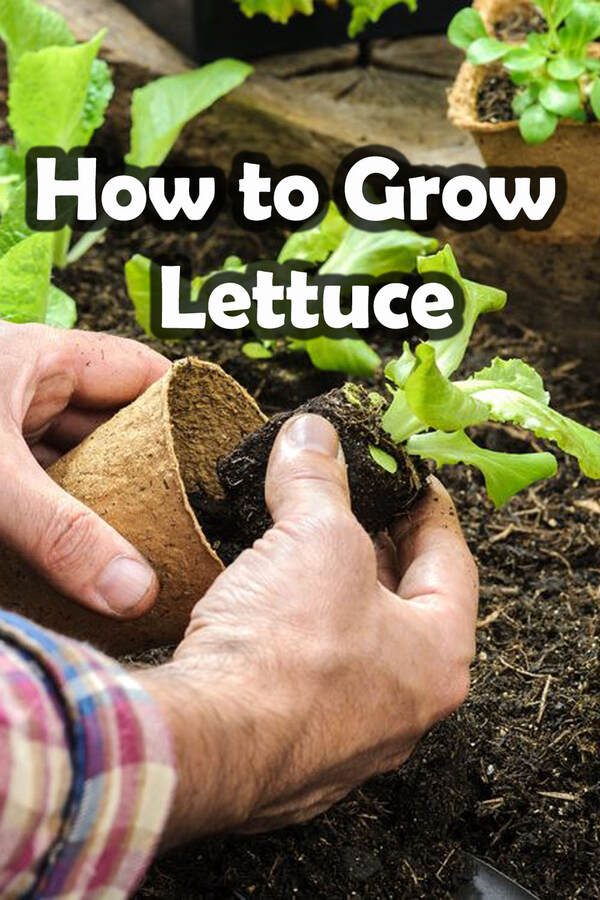
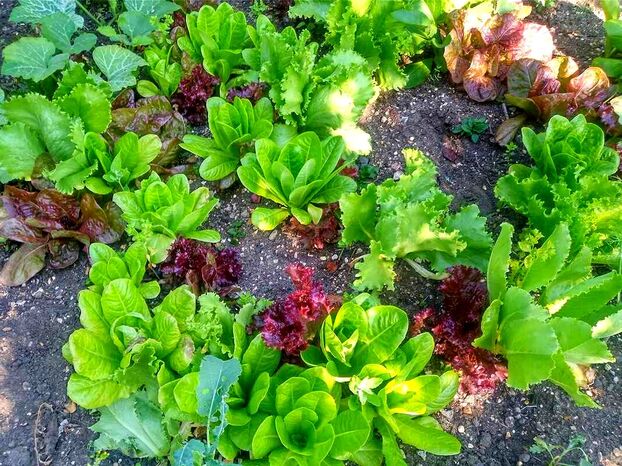
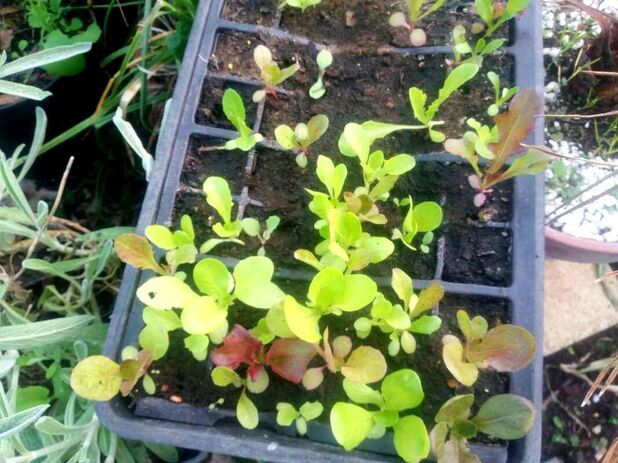
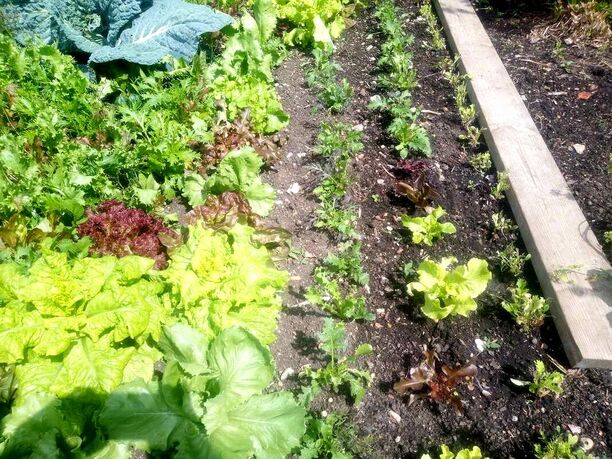
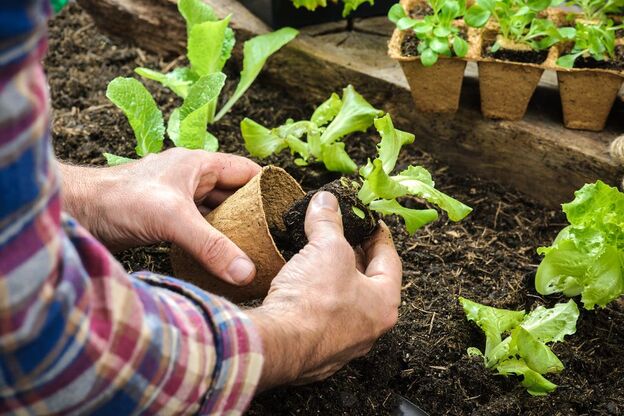
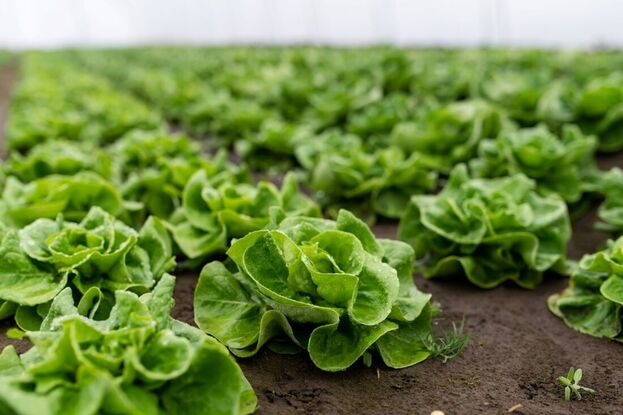
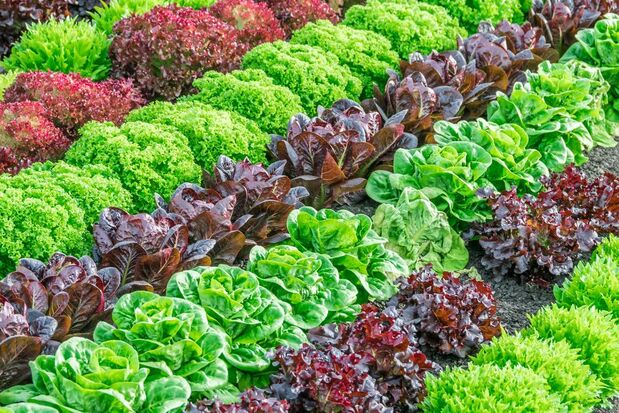
 RSS Feed
RSS Feed
